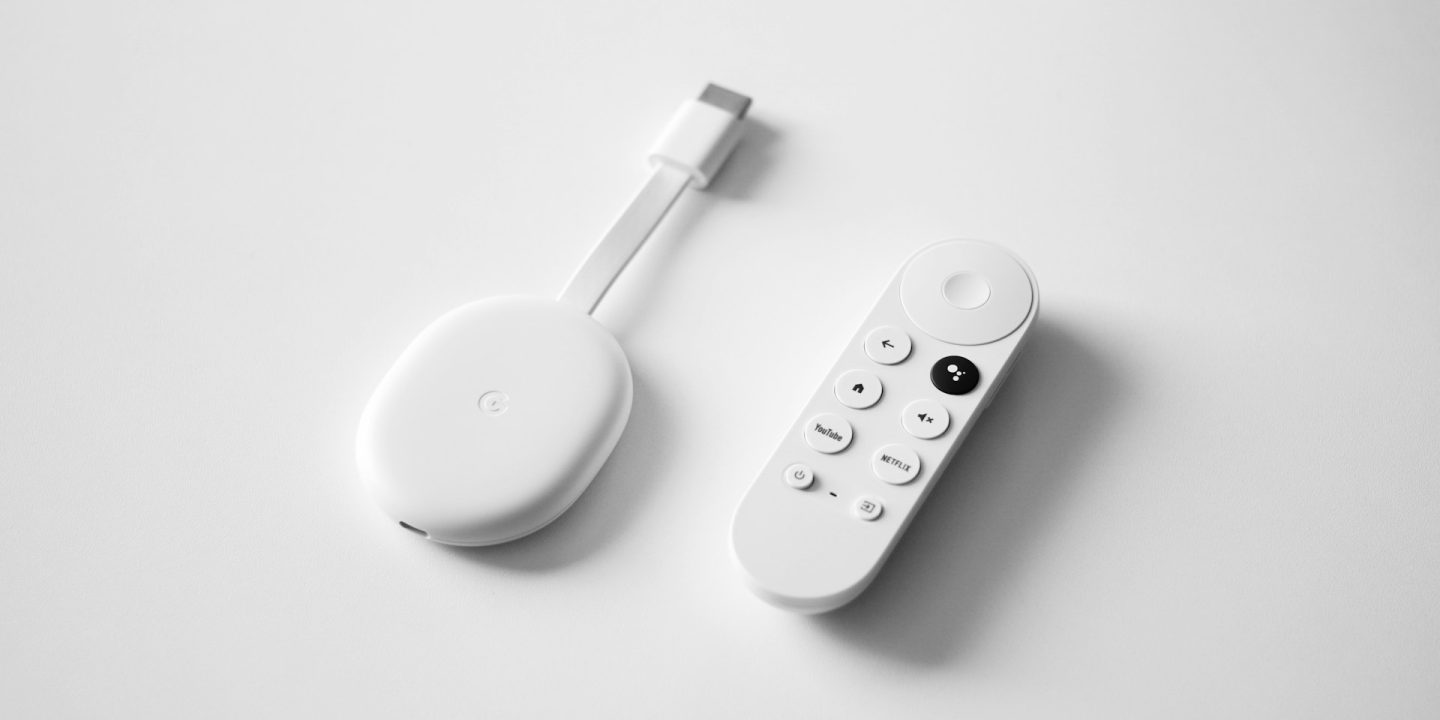
At first glance, offline downloads on a TV might sound like a ridiculous idea. I get it. The biggest screen in our homes—the one we spend hours watching—is almost always connected to the internet in some way. Whether we’re streaming directly on a smart TV, using a streaming box, or playing content from a local NAS, there’s usually a Wi-Fi connection involved. So, in a traditional home setup, the idea of offline downloads doesn’t seem all that necessary.
But here’s the thing—I keep looking at Google’s TV platform and wishing it supported offline downloads, both at the system level and within individual apps. Why? One simple reason: portability.
Google TV Isn’t Just for the Living Room Anymore
Most people think of Google TVs as big, stationary screens that stay in one place. No one’s carrying a 65-inch TV around. But over the past few years, I’ve seen and used several portable Google TV devices. Tiny projectors running Google TV that fit in a backpack for a weekend trip, a Chromecast with Google TV that I can plug into a hotel or Airbnb TV, even smart glasses that function as a personal cinema on long flights.
There’s no shortage of portable, travel-friendly Google TV options. The problem? They all require a constant internet connection to function.
The Frustration of Travel with Google TV
Traveling means unreliable or nonexistent internet access. I could be offline for hours on a flight, dealing with spotty Wi-Fi on a long train ride, or stuck in a hotel with no free internet. And in those moments, I look at my Android phone or tablet and sigh in frustration.
Plex, Netflix, YouTube, Amazon Prime Video, Apple TV, Pocket Casts, Spotify—all of these apps let me download content for offline viewing on my phone or tablet. It’s one of the most basic and expected features of any streaming service. But on my Google TV projector, my Chromecast, or my smart glasses? Nothing. No downloads. No offline viewing. Just a useless device until I find a connection.
It’s absurd. It’s frustrating. And it’s an arbitrary limitation.
I just want to download some YouTube videos for a train ride. Or grab a movie to watch on my XGIMI projector during a weekend getaway. Or take my Chromecast back home to Lebanon, plug it into my old TV, and watch my favorite series—even if I no longer have an active internet subscription there. Why am I being forced to resort to piracy just to watch content on a device that was built for watching content?
The Storage Excuse Doesn’t Hold Up
I know some Google TV devices don’t have much onboard storage. Google’s own Chromecast, for example, has a measly 8GB or 16GB of space, most of which is already taken up by system files and apps. But many portable Google TV devices—especially projectors and smart glasses—come with 32GB or more, and some even have microSD or USB slots for expandable storage.
So, Google, just let us use them. Give developers an official API for offline downloads on Google TV. Let streaming apps take advantage of the storage that’s already there.
Because right now, I have the hardware. I have the storage. I just don’t have the option to use them the way I should.
Photo by Victor Carvalho on Unsplash









